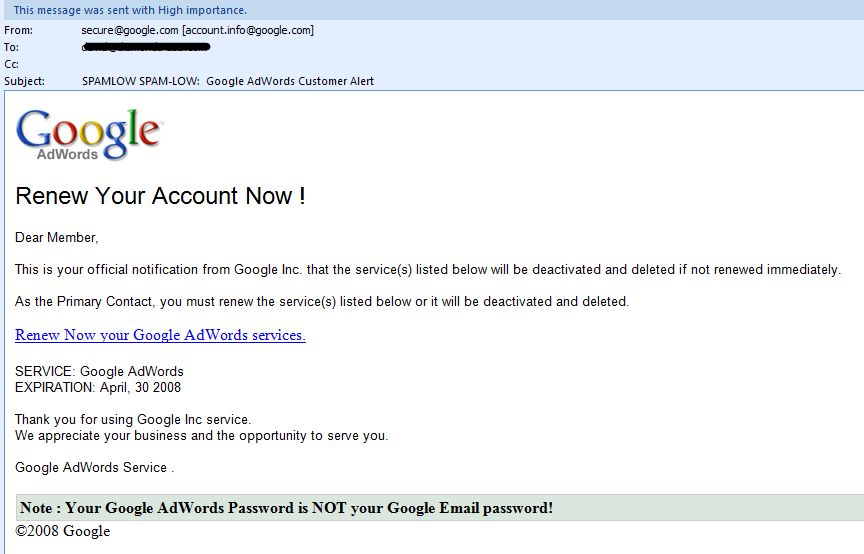In an increasingly digital world, where online transactions and communication have become commonplace, the threats of cybercrime continue to evolve. One of the most pervasive and dangerous forms of cybercrime is web phishing. This case study examines the mechanisms, implications, and preventive measures associated with web phishing, using real-world examples to illustrate the impact on individuals and businesses alike.
What is Web Phishing?
Phishing is a fraudulent attempt to obtain sensitive information such as usernames, passwords, credit card details, and other personal information by disguising as a trustworthy entity in electronic communications. The most common delivery method for phishing schemes is email, though it’s also prevalent in social media, SMS, and fake websites. Phishing attempts can take many forms, but most lead to the creation of counterfeit websites designed to mimic legitimate sites.
A Case Study: The Google and Facebook Scam
One of the most notorious phishing cases involved a Lithuanian hacker named Evaldas Rimasauskas, who managed to swindle over $100 million from tech giants GOOGLE DELETE PHISING and Facebook. Between 2013 and 2015, he impersonated a Taiwanese manufacturer by creating fake emails and invoices that appeared legitimate. Rimasauskas set up a fake company with a real website and used it to send phishing emails to the finance departments of both companies. The emails included convincing documentation and instructions, which led the executives to facilitate wire transfers to the hacker’s account.
This case highlights how sophisticated phishing attacks can bypass traditional security measures and how even the largest corporations are vulnerable to such attacks. Increasingly, attackers are using social engineering tactics to manipulate victims into revealing confidential information or authorizing fraudulent transactions.
The Mechanics of Phishing Attacks
Phishing attacks generally follow a systematic approach:
- Preparation: Attackers research their targets, often using social media platforms to gather information about employees and organizational hierarchies.
- Execution: Using this information, attackers craft convincing messages that entice victims to click on links or open attachments. These messages often appear to come from trusted sources, such as banks, online retailers, or even colleagues.
- Data Harvesting: When victims click on links in these messages, they are directed to spoofed websites designed to capture their credentials or other sensitive data.
- Financial Gain: The captured information is used either for direct financial theft or sold on dark web markets.
The Consequences of Phishing
The consequences of a successful phishing attack can be devastating. For individuals, it can lead to identity theft, financial loss, and long-lasting emotional distress. For organizations, the repercussions are often more severe, including significant financial losses, legal penalties, and reputational damage. According to the FBI’s Internet Crime Complaint Center (IC3), victims of phishing schemes reported losses of over $54 million in 2021 alone.
Preventive Measures
- Education and Training: One of the most effective ways to combat phishing is through education. Organizations should regularly train employees to recognize phishing attempts and the common tactics used by cybercriminals. This training should be updated annually or whenever new threats emerge.
- Implementing Multi-Factor Authentication (MFA): MFA adds an additional layer of security by requiring users to provide two or more verification factors to gain access to their accounts. This makes it significantly harder for attackers to succeed, even if they obtain login credentials through phishing.
- Regular Software Updates: Keeping software and security systems updated helps to defend against the latest threats. Security patches, antivirus software, and firewalls can deter phishing attempts and prevent malware infections.
- Email Filtering Solutions: Employing advanced email filtering solutions can help identify and block potential phishing emails before they reach users’ inboxes. These solutions employ machine learning algorithms to detect suspicious patterns and send critical alerts to IT departments.
Conclusion
Web phishing presents a significant threat to both individuals and organizations worldwide. These scams exploit human vulnerabilities and can lead to devastating financial and reputational damage. As cyber criminals become increasingly sophisticated, it is crucial for individuals and organizations to remain vigilant, educate themselves, and adopt robust security practices. By understanding the mechanics of phishing attacks and implementing preventive measures, we can combat this pervasive issue and safeguard our digital identities.
